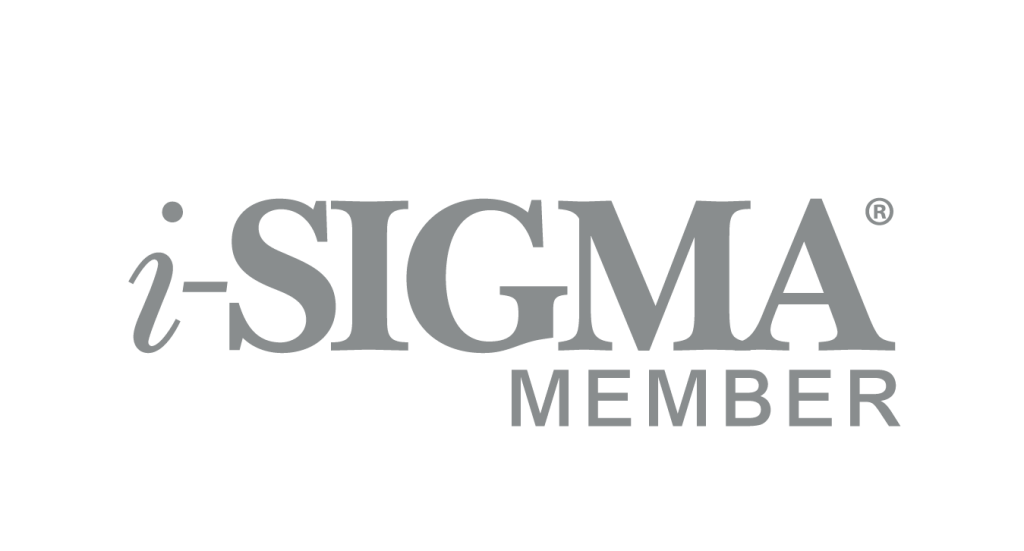Whether you’re clearing out office storage or downsizing your files, the way businesses manage old documents matters more than you might think. Mishandling outdated or sensitive information doesn’t just lead to clutter—it opens the door to data breaches, legal trouble, and operational headaches. This is where practices like paper shredding or document retention policies play an essential role in protecting your business and maintaining efficiency.
But even with the best intentions, businesses frequently make mistakes in this area. Let’s explore five common missteps in handling old documents and how to avoid them—helping you create a streamlined, secure process.
1. Lacking a Document Retention Policy
Without a clear document retention policy, it’s easy for your business to hold onto too much (or too little) paperwork. Having a well-defined policy helps ensure you’re compliant with legal standards while staying organized and efficient.
Depending on your industry, regulations like HIPAA (for healthcare) or IRS guidelines (finance) may dictate how long you need to keep certain records. For example, financial statements are often required to be retained for seven years by law, while other files may only need to be kept for one or two years.
How can you fix this? Outline a straightforward retention policy that specifies:
- What to Keep – Identify important records and how long they need to be retained according to regulations.
- What to Discard – Mark documents for destruction once they’ve exceeded their retention period.
This approach will make it easier to prioritize paper shredding for the documents you no longer need, while ensuring compliance for the ones that matter most.
2. Storing Documents Indefinitely
Every square foot of unnecessary files sitting in storage wastes valuable resources. Retaining old documents indefinitely not only racks up storage costs but also increases the risk of security vulnerabilities. Piled-up paper can overwhelm your workspace and make retrieval of important information a daunting task.
To combat this issue, schedule regular audits of stored documents. Periodically review what you have in accordance with your document retention policy and decide whether to shred, digitalize, or archive files.
Overloaded storage is often a missed opportunity. Instead of holding onto irrelevant paperwork, use secure paper shredding services to safely eliminate the clutter and focus on what actually matters. Giving your company more space to operate efficiently and confidently.
3. Neglecting Data Privacy Regulations
With privacy regulations like GDPR and HIPAA, businesses handling sensitive customer or employee data must tread carefully. Failing to meet compliance requirements can lead to steep fines, reputational damage, and loss of trust.
The solution? Create a compliance checklist that keeps your data-handling practices aligned with current regulations. Conduct regular reviews of your document lifecycle, pairing secure shredding services with robust data security policies to eliminate private information when it’s no longer needed.
4. Overlooking the Value of a Professional Paper Shredding Service
Many businesses rely on in-house shredders to destroy outdated documents. While this might seem cost-efficient, it often creates more problems than it solves. Small, office-grade shredders aren’t built for high volumes and may leave sensitive data at risk of being reconstructed.
A professional paper shredding service provides multiple advantages:
- Security – Professional shredding ensures sensitive documents are fully destroyed using industrial-grade equipment.
- Efficiency – Skip the hours spent feeding papers into a shredder and give your team more time for core tasks.
- Compliance – Certified shredders comply with industry standards for secure disposal, protecting your organization from legal liabilities.
Whether it’s a one-time cleanup or ongoing service, outsourcing to a professional paper shredding service boosts confidence in your data security practices while saving time and resources.
5. Ignoring the Overlap Between Digital and Paper Documents
Many organizations focus exclusively on physical paperwork, leaving their digital files unmanaged—or vice versa. This oversight leaves you vulnerable on one front, even if the other is tightly secured.
A holistic approach addresses both physical and digital records. Digitize old files you need to keep but no longer want cluttering your storage. Store these digital versions securely in encrypted cloud solutions, ensuring sensitive information remains protected.
At the same time, schedule secure disposals for physical files. Integrating both forms of document management will create a comprehensive system that protects your business from avoidable risks.
Make Document Management Simple
Mismanaging old documents puts your business at unnecessary risk. By tackling these five pitfalls, you’ll set your organization up for a safer, more efficient future. Here’s a quick recap:
- Create a Document Retention Policy to ensure compliance.
- Perform regular storage audits to prevent unnecessary document buildup.
- Adhere to privacy regulations and securely dispose of sensitive files.
- Switch from in-house shredding to a professional paper shredding service.
- Address both digital and physical documents for thorough protection.
It’s time to take a proactive approach. Start by auditing your documents and exploring reliable shredding options that meet your business needs.
Want to make document management stress-free? Learn more about how our paper shredding service can help your business stay secure and efficient by contacting us today.






